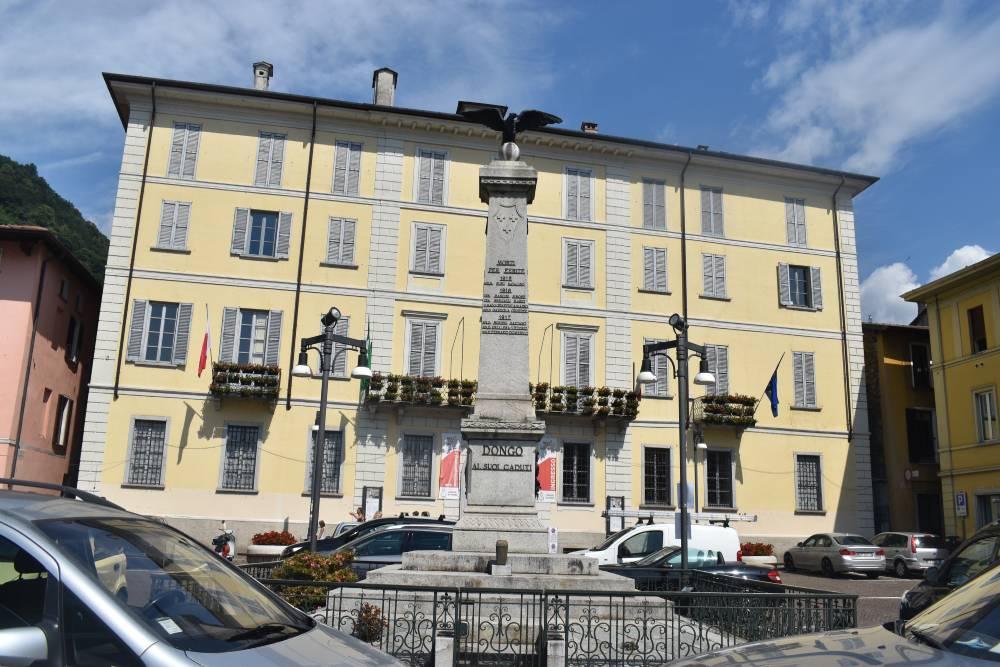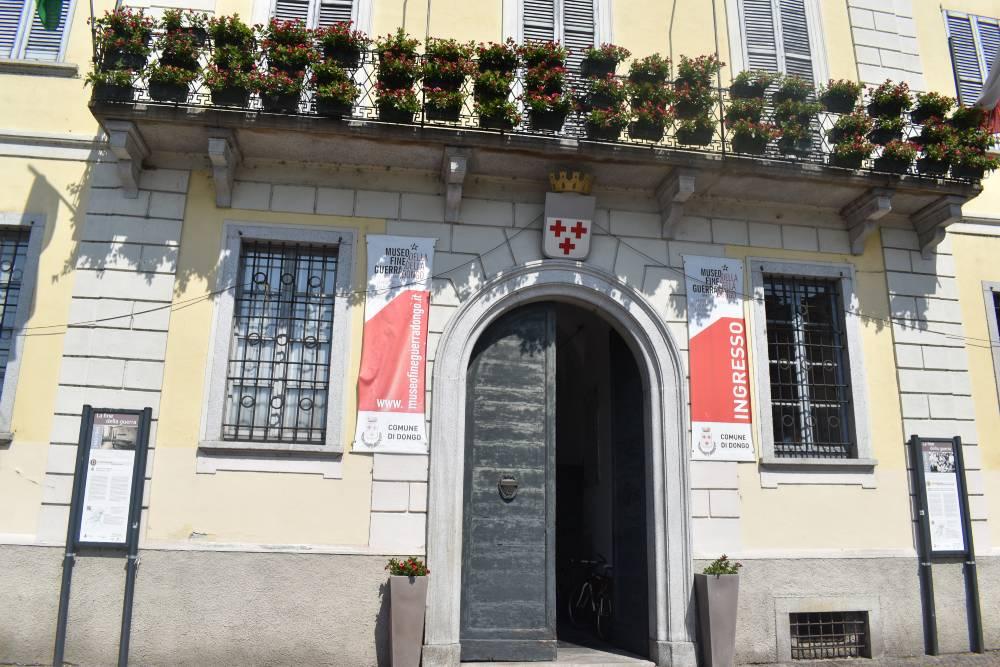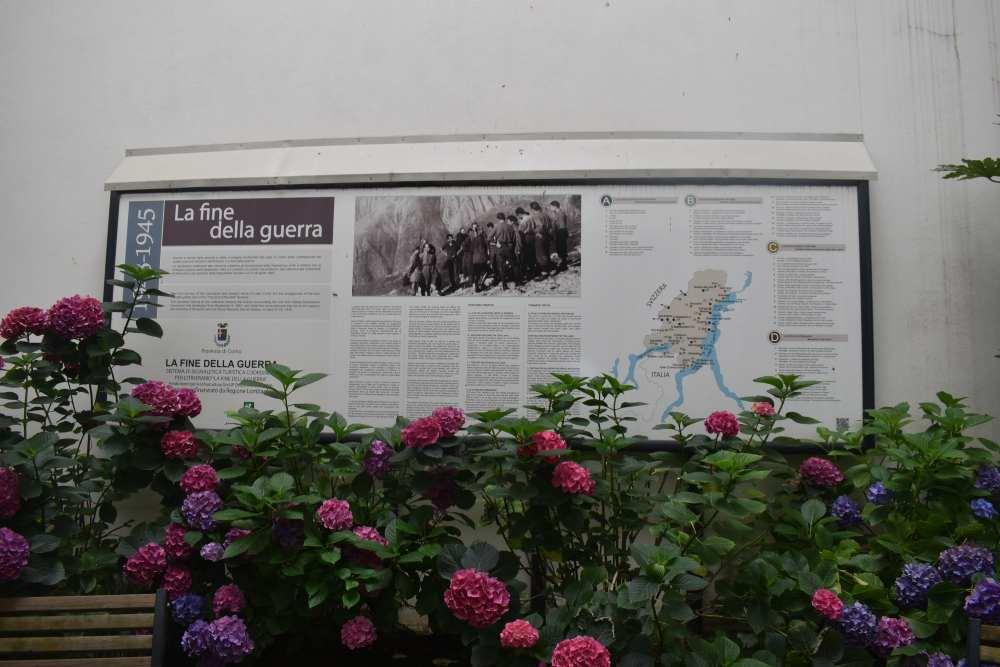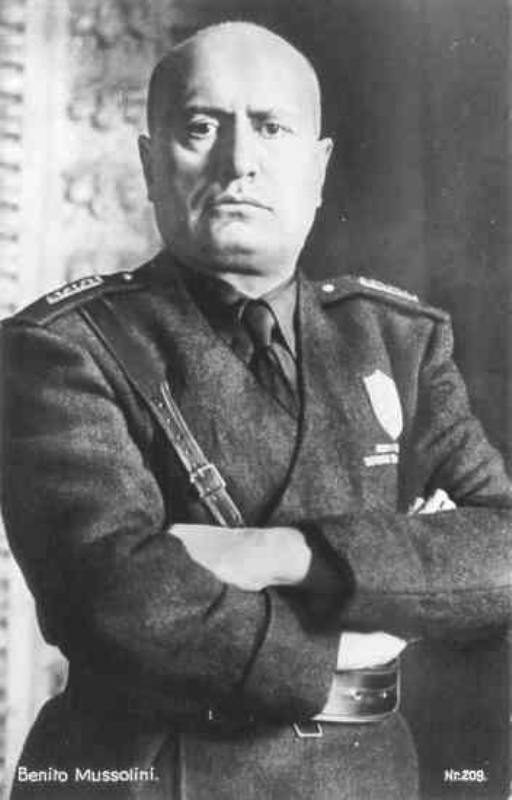End of the War Museum Dongo
So why is there a museum in the town hall of Dongo, a town on the north west banks of Lake Como?
As the name suggests it was here during a few fateful days in April 1945 that marked the beginning of the final chapter in the history of fascist Italy ,that likely persuaded Adolf Hitler to commit suicide, rather than be taken prisoner.
Before 1995 the site was home to the Como Resistance Museum before it changed its name.
Palazzo Manzi was built in the early part of the 19th century as a home for the noble Polti-Petazzi family. However it was passed on to the Manzi family, from where it gets its name. It was donated to the municipality in 1937.
From August 1944 the town was used by a section of the Italian fascist paramilitary Black Brigade, from where they would coordinate operations and conduct interrogations. In fact the grand Sala D' Oro was used as a mortuary for slain partisans. After the Black Brigade left Dongo on the 26th April 1945, the first liberation mayor was sworn in.
Around 3.30 pm the next day ,the 27 April a German military column was stopped and searched by local partisans as it was entering Dongo. Hidden in the convoy was none other than Benito Mussolini. Initially he was taken through the streets to Palazzo Manzi where in the ground floor rooms he was questioned. A car that had joined the military convoy was also stopped, and when the occupants produced Spanish diplomatic papers, further investigation found that they were none other than Mussolini's mistress Claretta Petacci and her family. They were locked up at the Dongo Hotel.
Other fascist leaders were arrested in nearby Musso and their assets and documents taken to Palazzo Manzi. Whilst Mussolini and his mistress story ends elsewhere, the other senior Italian fascist elimination takes place on the other side of Plazza Paracchini.
The museum gives a thoughtful insight in to the local resistance and the fascists and of course the seismic events that took place in April 1945 in the building and nearby. Information is in Italian and English.
For current visiting hours, please visit the website of the museum.
Do you have more information about this location? Inform us!
Source
- Text: Ian Paterson & Museo Fine Guerra Dongo
- Photos: Ian Paterson
- https://www.northlakecomo.net/en/196-Culture-Palazzo-Manzi












